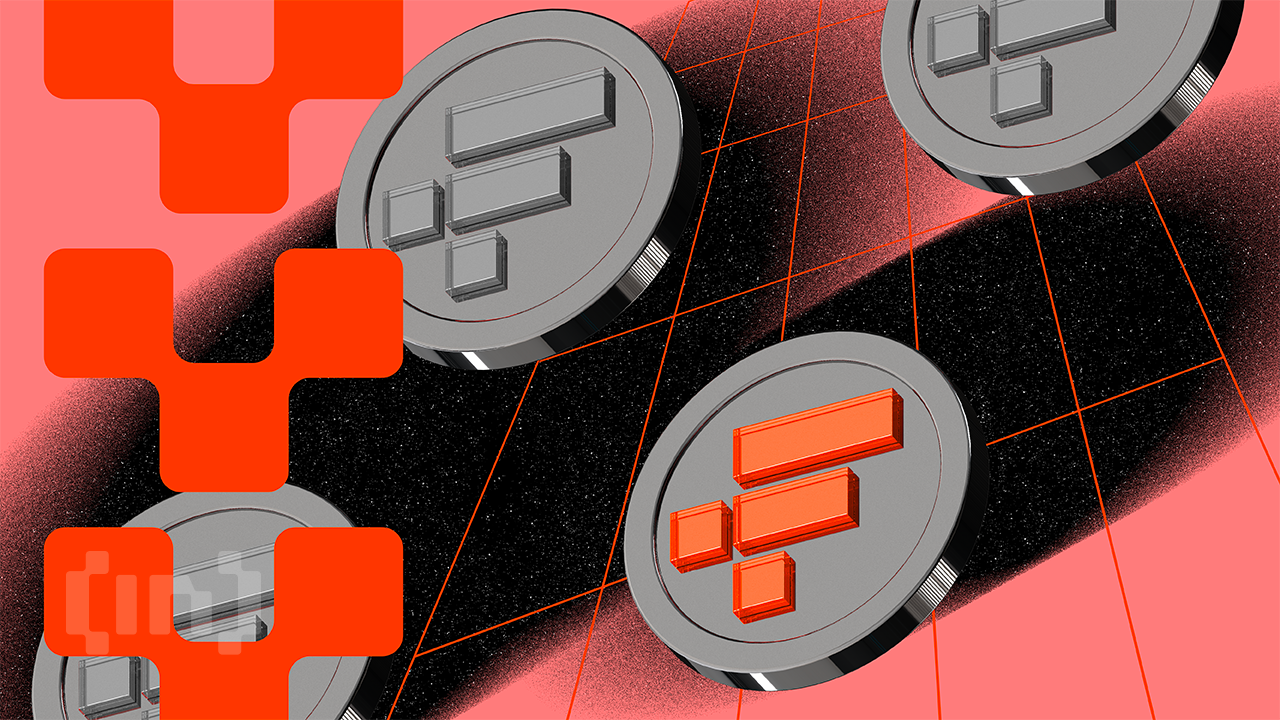Bitcoin halving cuts new supply in half, what does it mean?
In the early hours of Saturday (GMT), the crypto world witnessed the highly anticipated fourth Bitcoin halving event.
This significant occurrence has reduced the new supply of Bitcoin by half, now producing only 3.125 new coins every 10 minutes, down from the previous rate of 6.25.
This reduction equates to nearly $30 million worth of Bitcoin that will no longer be entering the market each day, setting the stage for potential price increases if demand remains steady or grows.
Past halving boost optimism for price surges
Historically, Bitcoin halvings have been bullish for the cryptocurrency’s market price. Following the first halving in November 2012, Bitcoin’s price soared by approximately 1,800% within five months.
The second halving in July 2016 saw a dramatic 3,000% increase over the following year and a half.
Although the third halving in May 2020 had a more modest impact, the price still surged nearly 600% within 11 months. These past successes have left market participants optimistic about the potential financial impact of this latest halving.
New dynamics in play for this halving
However, this halving might not mirror the past due to several factors. The role of miners in influencing Bitcoin’s price has diminished over time. With nearly 93% of all Bitcoin that will ever exist already mined, the reduction in new coins might not have as profound an impact as it did when the supply was less saturated.
Moreover, Bitcoin’s price is now influenced more significantly by broader economic factors, including substantial investments in Bitcoin exchange-traded funds, Federal Reserve policies, and geopolitical conflicts that drive investors towards safer assets.
The changing landscape of Bitcoin mining
Mining, the process critical to Bitcoin’s blockchain integrity and expansion, is becoming increasingly challenging. Miners require significant computational power to create new blocks, a task that grows more energy-intensive—and thus more costly—with each halving.
As the reward for mining a block is halved, miners’ revenue potential diminishes unless they can increase efficiency or reduce costs.
Bitcoin creator Satoshi Nakamoto designed halvings to gradually decrease the issuance of new coins, aiming for a maximum supply cap of 21 million by the year 2140.
Each halving event slows the supply expansion, a mechanism intended to preserve the cryptocurrency’s value over time.
Potential for industry consolidation
The reduction in mining rewards could lead to significant changes in the mining industry landscape.
Analysts from Coinbase and Bernstein anticipate that the industry may see consolidation, with larger, more efficient mining operations acquiring their struggling competitors. This potential shift could lead to a more centralized mining landscape, altering the decentralized ethos that Bitcoin was built upon.
The post Bitcoin halving cuts new supply in half, what does it mean? appeared first on Invezz






